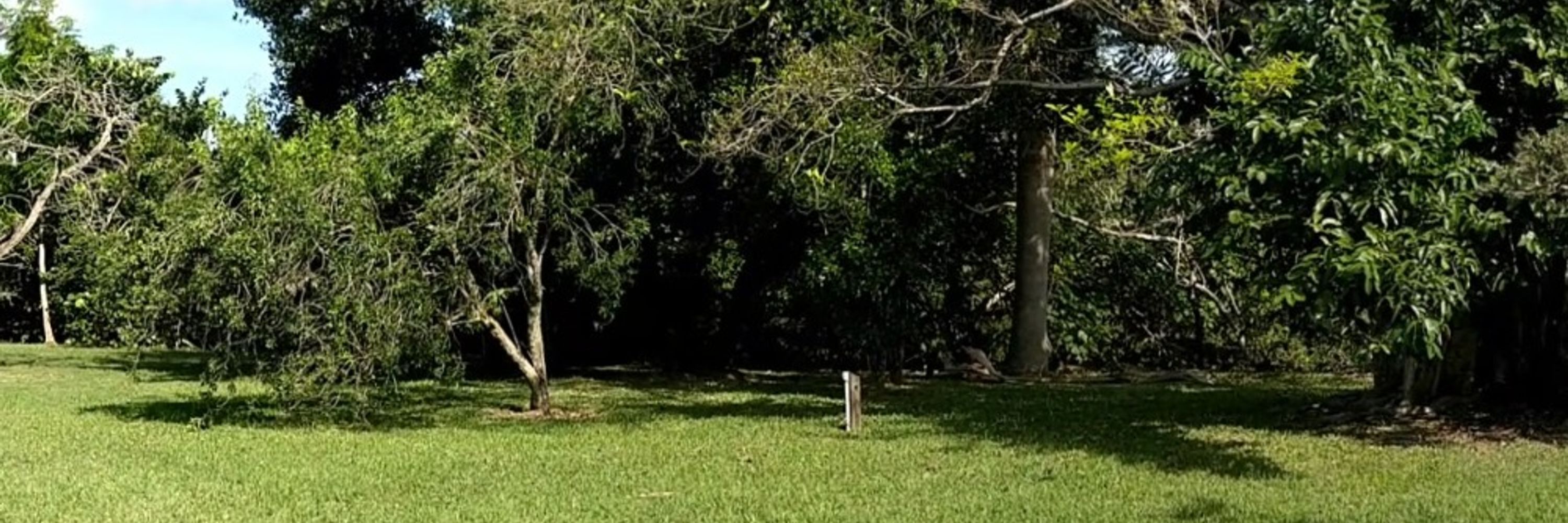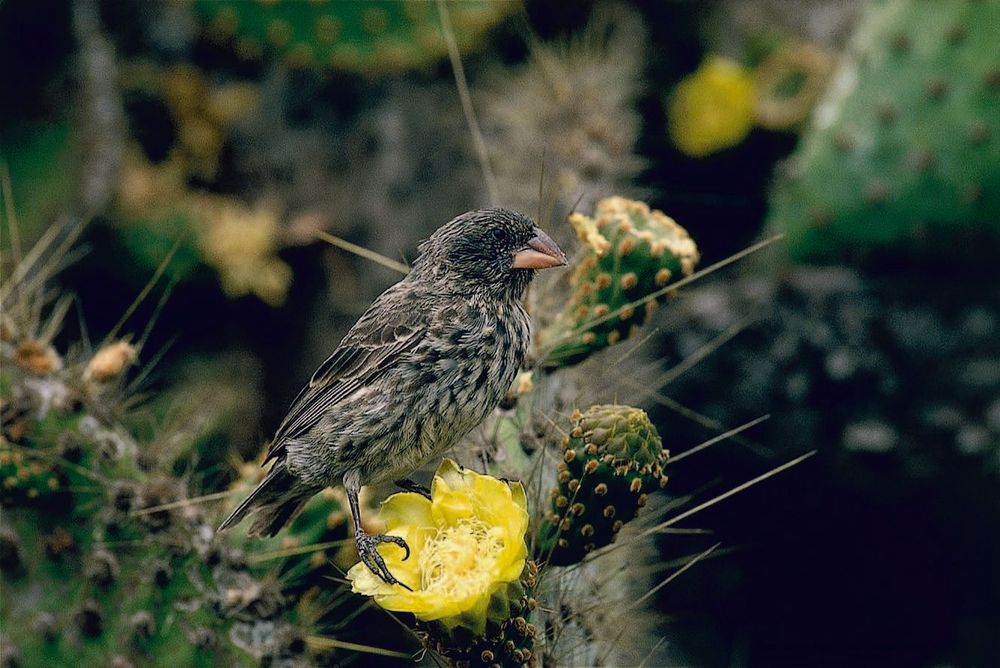

www.nature.com/articles/s41...
1/n
doi.org/10.1186/s424...

doi.org/10.1186/s424...


doi.org/10.1093/jeb/...
Crain et al. 2025

doi.org/10.1093/jeb/...
Crain et al. 2025
doi.org/10.1093/evol...

Please share far and wide 🚀
(See thread)
Please share far and wide 🚀
(See thread)


🔗 doi.org/10.1093/gbe/evaf196
#genome #evolution

defector.com/fat-and-sass...

defector.com/fat-and-sass...
Islands are central to our understanding of ecology & evolution, from the theory of natural selection to community ecology. This special issue promises to provide a synthesis of the latest research, and there's still time to submit! 🌍 🧪 👇

Islands are central to our understanding of ecology & evolution, from the theory of natural selection to community ecology. This special issue promises to provide a synthesis of the latest research, and there's still time to submit! 🌍 🧪 👇
Catching some great lizards all day every day and teaching high school students how we use them to study ecology and evolution.
Can’t imagine a better gig!


Catching some great lizards all day every day and teaching high school students how we use them to study ecology and evolution.
Can’t imagine a better gig!
Applications will be considered until Nov 1. See post below for more details

Applications will be considered until Nov 1. See post below for more details
🦎🦎🦎
@gtresearch.bsky.social @gtsciences.bsky.social

🦎🦎🦎
@gtresearch.bsky.social @gtsciences.bsky.social

Super excited to see them feature our research on 3-legged lizards 🦎🦎🦎
www.nytimes.com/2025/10/21/s...

Super excited to see them feature our research on 3-legged lizards 🦎🦎🦎
www.nytimes.com/2025/10/21/s...
Read now ahead of print!
www.journals.uchicago.edu/doi/abs/10.1...

Read now ahead of print!
www.journals.uchicago.edu/doi/abs/10.1...

🦎🦎🦎

🦎🦎🦎
No better way to spend it than right here on Lizard Island with an A+ lizard catching team!! 🦎🦎🦎
Honored to be such an amazing cohort: www.packard.org/2025fellows
@packardfdn.bsky.social

No better way to spend it than right here on Lizard Island with an A+ lizard catching team!! 🦎🦎🦎
Honored to be such an amazing cohort: www.packard.org/2025fellows
@packardfdn.bsky.social
Let me tell you about the "three-legged pirate" lizards 🏴☠️
[Paper: www.journals.uchicago.edu/doi/10.1086/... ]
(1/n)

Also, under the right conditions, apparent disabilities may not be disabling!
Let me tell you about the "three-legged pirate" lizards 🏴☠️
[Paper: www.journals.uchicago.edu/doi/10.1086/... ]
(1/n)

Also, under the right conditions, apparent disabilities may not be disabling!
www.9news.com/video/tech/s...
www.9news.com/video/tech/s...
Meet the 2025 Packard Fellows ⬇
www.packard.org/2025fellows

